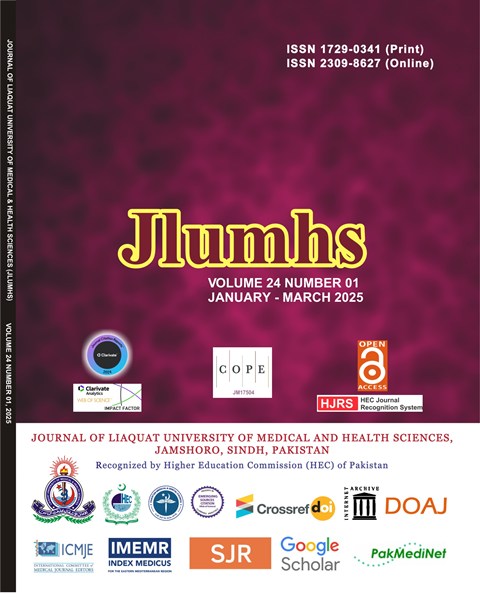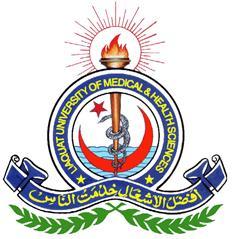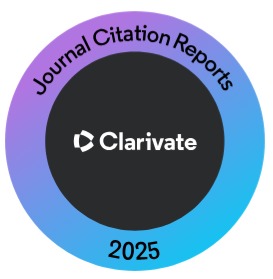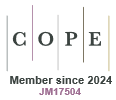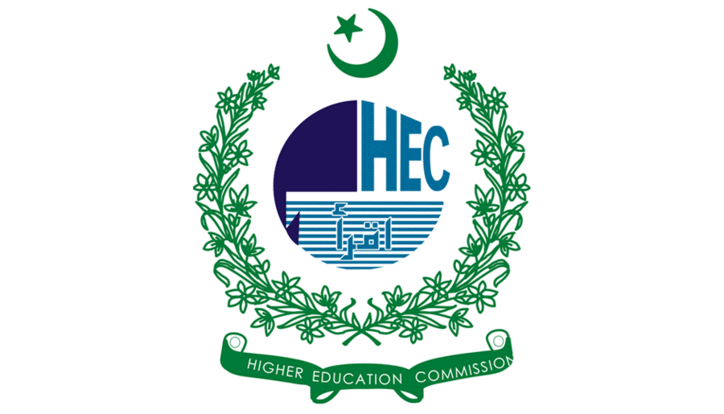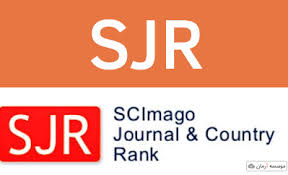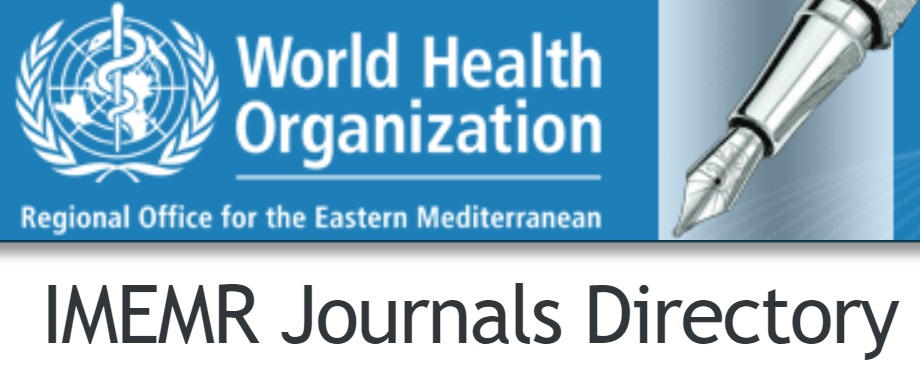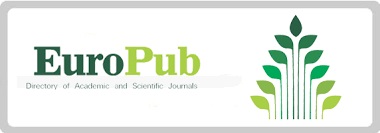Effect of Hyperbaric Oxygen Therapy Dose on Post-Replantation of the Distal Phalanx of Digiti II Manus Sinistra
Keywords:
HBOT dose, Post-replantation, Growth Factors, Angiogenesis, Collagen formation, EpithelializationAbstract
Finger replantation in adults requires a more extended healing period and is at risk of failure. Giving hyperbaric oxygen therapy (HBOT) at the correct dose can speed healing, reducing the risk of failure. A case involved a 32-year-old woman after replantation of the distal phalanx of digiti II manus sinistra of the patient who experienced cyanosis and necrosis. This report analyzes the relationship between HBOT dose and accelerated stimulation of growth factors that can improve the wound healing process.
Replantation refers to the reconnection of an amputated body part to its anatomical structure to restore the function of the injured part. The outcome depends on the dose of HBOT, the patient's intrinsic factors, and the nature of the injury. Giving HBOT once a day, in this case, was not effective because the patient's fingertips became more cyanotic, and necrosis increased. Providing the correct dose of HBOT twice a day accelerates overcoming hypoxia. It helps successfully heal wounds through angiogenesis, collagen formation, and epithelialization, so new tissue growth is expected to accelerate.
References
Alshehri FM, Ahmed SA, Ullah S, Ghazal H, Nawaz S, Alzahrani AS. The Patterns of Acquired Upper and Lower Extremity Amputation at a Tertiary Centre in Saudi Arabia. Cureus. 2022; doi:10.7759/cureus.24026.
Altam A, Obadiel Y, Alazaiza RS, Alshujaa MA, Alhajami F, Ahmed F et al. Microsurgical Digits Replantation in Resource-Limited Setting: A Retrospective Study. Open Access Emerg Med. 2024; 16: 1–13. doi: 10.2147/OAEM.S443219.
Sen S. Therapeutic effects of hyperbaric oxygen: Integrated review. Med Gas Res. 2021; 11: 30-33 Preprint at https://doi.org/10.4103/2045-9912.310057.
Jain KK. Physical, Physiological, and Biochemical Aspects of Hyperbaric Oxygenation. in Textbook of Hyperbaric Medicine. 11–22 (Springer Int Publishing, 2017). doi: 10.1007/978-3-319-47140-2_2.
Ortega MA, Fraile-Martinez O, García-Montero C, Callejón-Peláez E, Sáez MA, Álvarez-Mon MA et al. A general overview on the hyperbaric oxygen therapy: Applications, mechanisms and translational opportunities. Medicina (Lithuania). 2021; 57. Preprint at https://doi.org/10.3390/medicina57090864.
Mao, Y, Liu, X, Song Y, Zhai C, Zhang, L. VEGF-A/VEGFR-2 and FGF-2/FGFR-1 but not PDGF-BB/PDGFR-? play important roles in promoting immature and inflammatory intraplaque angiogenesis. PLoS One. 2018; 13. doi: 10.1371/journal.pone.0201395.
Wang K, Wen D, Xu X, Zhao R, Jiang F, Yuan S et al. Extracellular matrix stiffness - The central cue for skin fibrosis. Front Mol Biosci. 2023; 10. Preprint at https://doi.org/10.3389/fmolb.2023.1132353.
Chen Y, Jiang L, Lyu K, Lu J, Long L, Wang X et al. A Promising Candidate in Tendon Healing Events—PDGF-BB. Biomolecules. 2022; 12. Preprint at https://doi.org/10.3390/biom12101518.
Zhang Z, Yao L, Yang J, Wang Z, Du G. PI3K/Akt and HIF-1 signaling pathway in hypoxia-ischemia (Review). Mol Med Rpts. 2018; 18: 3547–3554. Preprint at https://doi.org/10.3892/mmr.2018.9375.
Wang Y, Xu J, Zhang X, Wang C, Huang Y, Dai K et al. TNF-?-induced LRG1 promotes angiogenesis and mesenchymal stem cell migration in the subchondral bone during osteoarthritis. Cell Death Dis. 2017; 8: e2715–e2715. doi: 10.1038/cddis.2017.129.
de Wolde SD. The Effect of Hyperbaric Oxygen Therapy on Markers of Oxidative Stress and the Immune Response in Healthy Volunteers. Front Physiol. 2022; 13. doi: 10.3389/fphys.2022.826163.
Downloads
Published
How to Cite
Issue
Section
License
Copyright (c) 2025 Journal of Liaquat University of Medical & Health Sciences

This work is licensed under a Creative Commons Attribution-NonCommercial-ShareAlike 4.0 International License.
Submission of a manuscript to the journal implies that all authors have read and agreed to the content of the undertaking form or the Terms and Conditions.
When an article is accepted for publication, the author(s) retain the copyright and are required to grant the publisher the right of first publication and other non-exclusive publishing rights to JLUMHS.
Articles published in the Journal of Liaquat University of Medical & health sciences are open access articles under a Creative Commons Attribution-Noncommercial - Share Alike 4.0 License. This license permits use, distribution and reproduction in any medium; provided the original work is properly cited and initial publication in this journal. This is in accordance with the BOAI definition of open access. In addition to that users are allowed to remix, tweak and build upon the work non-commercially as long as appropriate credit is given and the new creations are licensed under the identical terms. Or, in certain cases it can be stated that all articles and content there in are published under creative commons license unless stated otherwise.

